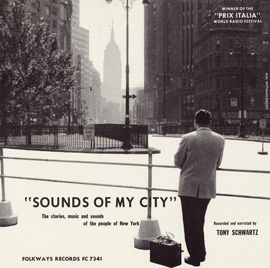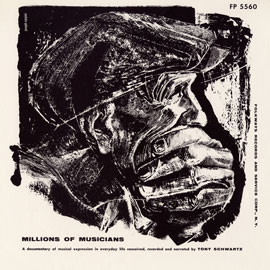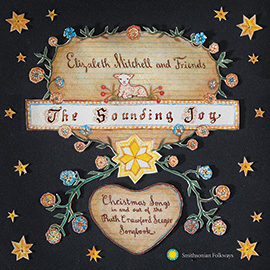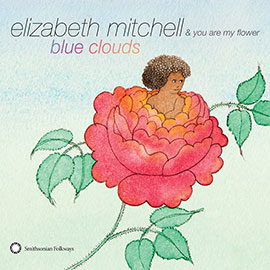Summary
This lesson is intended to identify and explore children’s culture in the United States.In sharing this music in the classroom, students will begin to recognize the importance of their music making and the process of preserving sound.Students will listen to, analyze, and perform music created by children in the United States and for children by American folk artists.In addition, students will record their own games, songs, and chants.
Suggested Grade Levels: K-2
Country: United States
Region: North America
Culture Group: Children
Genre: Children’s, Folk
Instruments: Voice, Body Percussion, Rhythm Sticks, Orff Instruments (optional)
Language: English
Co-Curricular Areas: Social Studies, Physical Education
National Standards: 1, 2, 6, 8, 9
Prerequisites: None
Objectives:
- Identify instruments, form, and ostinati
- Sing presented children’s songs and perform accompanying games
- Maintain a steady beat or ostinato pattern while listening to music
Material:
- “Bongo Drums and Sticks” from Street and Gangland Rhythms, Beats, and Improvisations by Six Boys in Trouble
- Rhythm sticks (one set per child)
- “On the Mountain” from 1, 2, 3, and a Zing Zing Zing
- “London Bridges” from Songs for Children from New York City
- Recording equipment - tape recorder, computer, iPhone Voice Memo App (optional)
- “Little Liza Jane” from You Are My Little Bird
- “Go Waggaloo” from Go Waggaloo
- Assorted classroom instruments (optional)
Lesson Segments:
- Children’s Music: Bongos and Sticks (National Standards 2, 6, 9)
- Children’s Culture: On the Mountain and London Bridges (National Standards 1, 6, 9)
- Children’s Places: Class Sharing/Recording (National Standards 1, 8, 9)
- Music for Children: Little Liza Jane & Go Waggaloo(National Standards 1, 6)
1. Children’s Music: Bongo Drums and Sticks
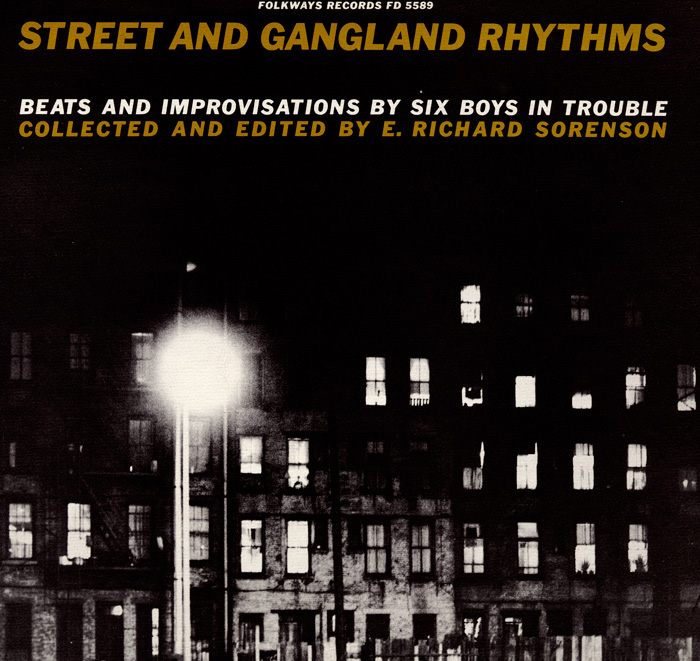
“Bongo Drums and Sticks”
from Street and Gangland Rhythms, Beats and Improvisations by Six Boys in Trouble (1959) | FW05589
- Play “Bongo Drums and Sticks” from Street and Gangland Rhythms, Beats, and Improvisations by Six Boys in Trouble.
- Ask students to identify instruments (bongo drums and sticks)
- Ask students to identify form (same or different; different)
- Distribute rhythm sticks to each student and ask them to keep the steady beat during a third listening
- Challenge students to move freely and freeze at rests during a fourth listening
- Ask students who may be performing; age, gender, origin, occupation? (11 to 12 year old African-American boys from New York City)
Assessment: Correct spoken responses, observation of maintaining a steady beat with the recording, and observation of move and freeze activity.
2. Children’s Culture: On the Mountain and London Bridges
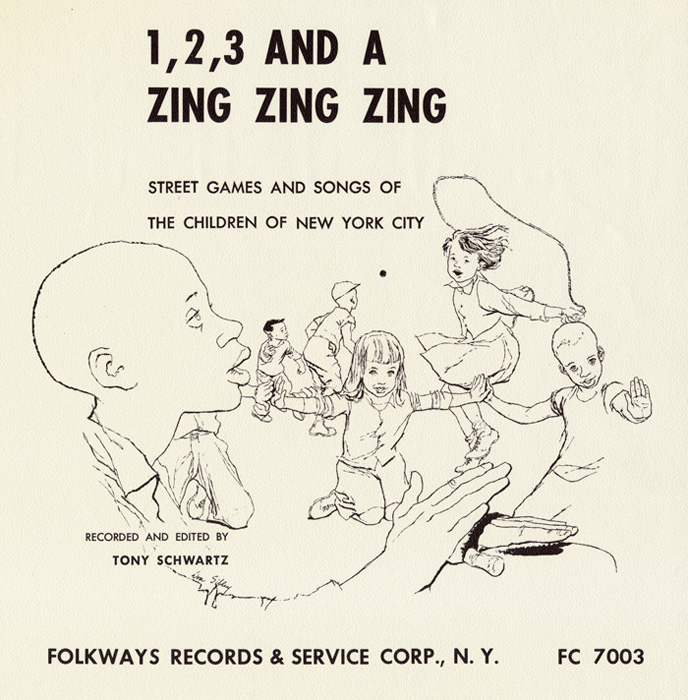
“Jump Rope”
from 1, 2, 3 and a Zing Zing Zing (1953) | FW07003
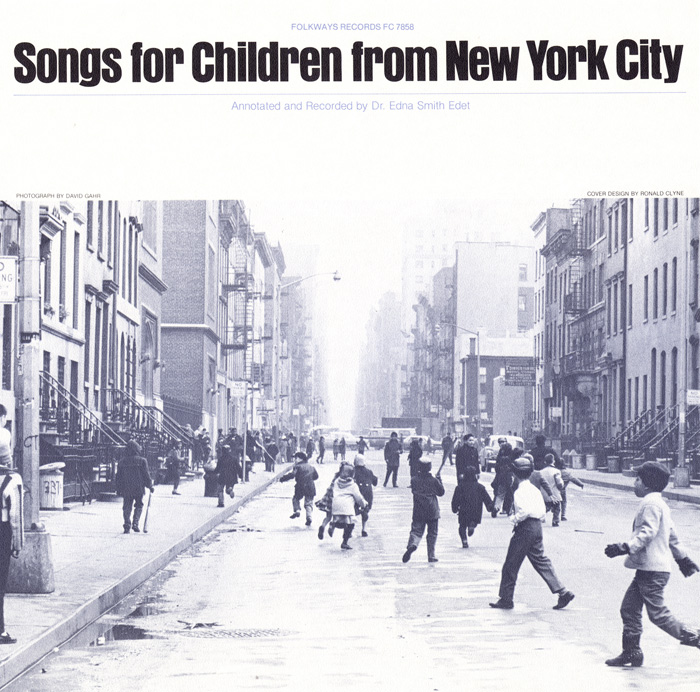
“London Bridge”
from Songs for Children from New York City (1978) | FW07858
- Discuss the importance of preserving culture, with particular attention to children’s culture.
- Play “On the Mountain” from 1, 2, 3, and a Zing Zing Zing (track 1).
- Ask students to identify the sounds they hear (voice and jump rope)
- Ask students to identify where this might be recorded (on a playground, in P.E., etc.)
- Teach the song by rote, line by line
- Have the whole class sing with the recording
- Play the game with the recording/class singing
Alternative game to jump rope: Class stands in a circle with one child in the middle.Whole class sings “On the mountain stands the lady, who she is I do not know.All she wants is gold and silver, all she wants is ice cream cones.”The child in the middle sings “So jump in another student so jump out my student in the middle”. Repeat with a new student in the middle.
- While still in the circle, play “London Bridges” from Songs for Children from New York City.
- Model the game (encourage child to learn as they would on the playground: by watching, listening, and doing)
Game:Class stands in a circle with one child in the middle.All shake down when singing “bouncin’ down”.When singing “you got the hips to move, my baby, rock and roll” the student in the middle improvises movements.All follow.Repeat with a different student in the middle.
Assessment: Correct spoken responses and observation of student singing and playing games.
3. Children’s Places: Class Sharing/Recording
- Have students brainstorm a list of songs, games, or chants that have played outside of music class.
- Ask a few students to share these with you and the class
- As a class, choose one or two games/chants/songs to learn (record, if possible).
Extension:
- If able to record, play the recording for students’ homeroom teacher at the end of class.
- For classes with more time, consider going the playground, lunchroom, or place where the children’s music is usually performed to record
- Recordings of your students’ music can continue to be collected and used throughout the year, with the goal of creating a cumulative recording of student work for each class
Assessment: Students ability to brainstorm outside songs, games, and chants and perform them.
4. Music for Children: Little Liza Jane & Go Waggaloo
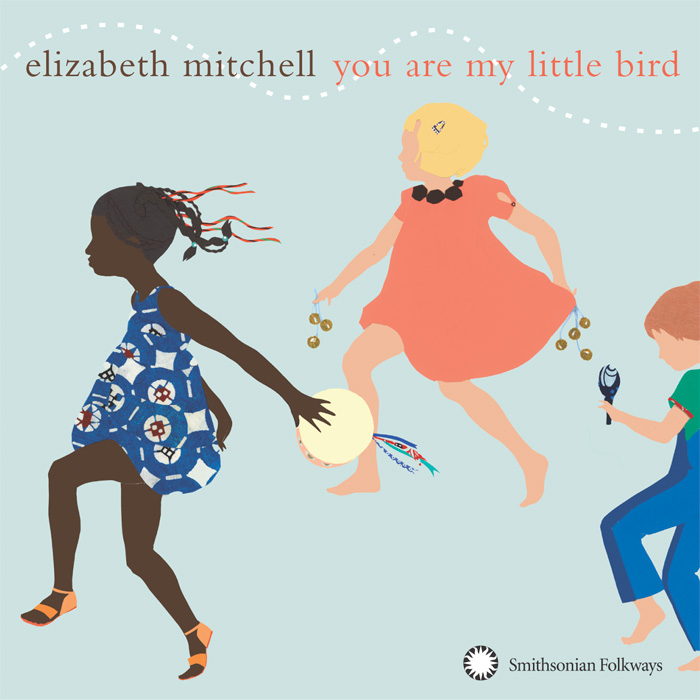
“Little Liza Jane”
from You Are My Little Bird (2006) | SFW45063
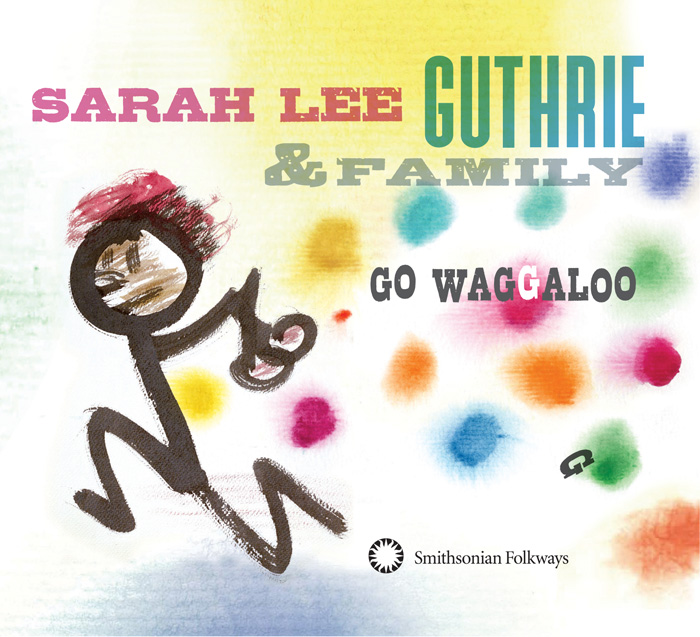
“Go Waggaloo”
from Go Waggaloo (2009) | SFW45069
- Play “Little Liza Jane” from You Are My Little Bird.
- Ask students to identify the name of the girl in the song
- During a second listening, lead students in performing a crossover bordun pattern using body percussion (left-right-crossover with left-right with feet and/or hands)
- Have students echo you as you speak and clap the simplified rhythm “Little Liza Jane” (ti ta ti ta rest)
- During a third listening, have students clap the pattern with each “Little Liza Jane” sung
- Challenge students to maintain the ostinato pattern (ti ta ti ta rest) throughout a fourth listening
- Divide the class in half
- One half will perform the crossover bordun
- The other half will perform “Little Liza Jane”
- Repeat as necessary
- Play “Go Waggaloo” from Go Waggaloo.
- Ask students to find and perform the ti ta ti ta rest pattern
- Show the class the notation for “Go Waggaloo” and encourage them to sing the chorus during a second listening
Extension:
- Additional ostinati can be added to “Little Liza Jane” and transferred to instruments, such as bass xylophones and rhythm sticks, in a future class
- The transposed version of “Go Waggaloo” may be used in future classes when singing without the recording
Assessment: Observation of students’ singing and maintaining ostinati.








